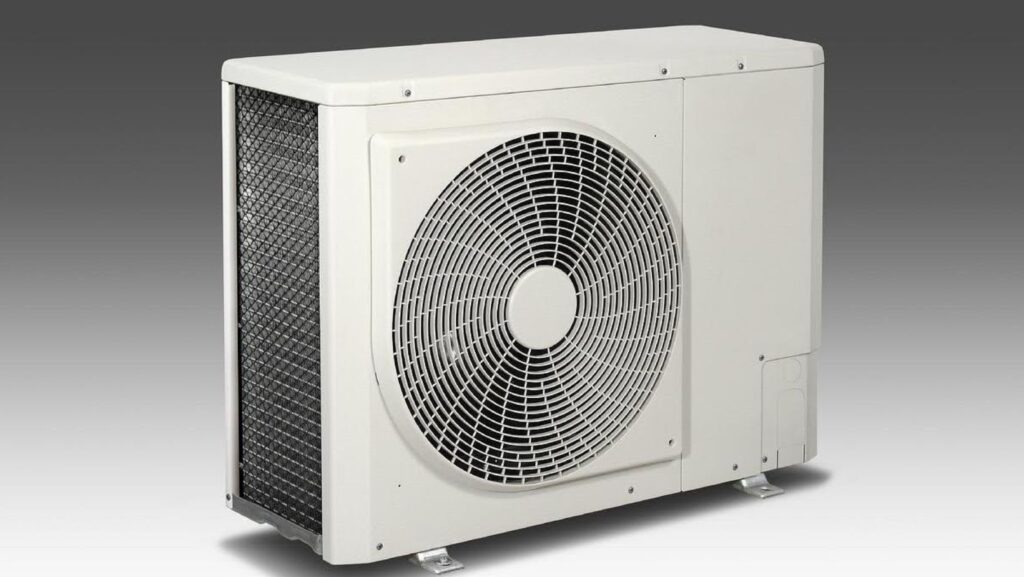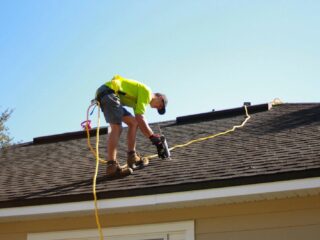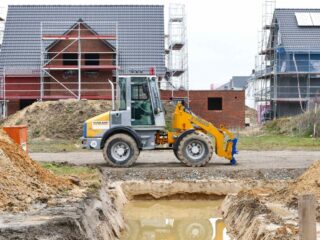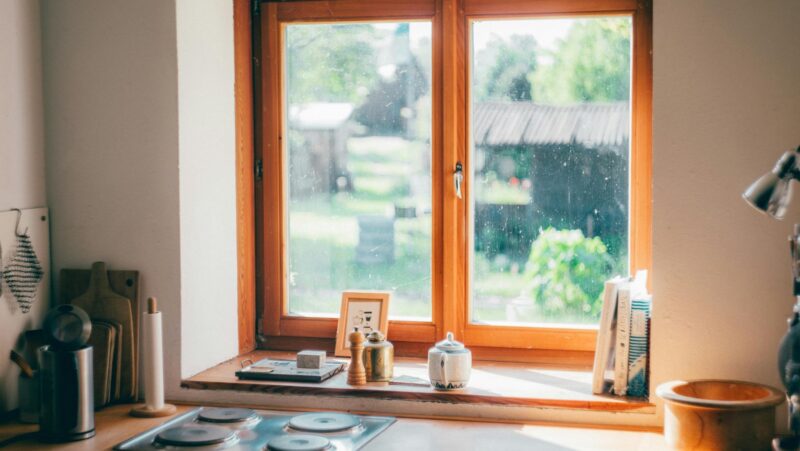
Most home makeovers tend to highlight floors, colors, or new fixtures, yet real livability depends on much more than the surface. A reliable HVAC setup also shapes experience once construction wraps up. Ignoring this network can result in hot spots or higher energy bills. When the mechanical backbone is aligned with design goals, the outcome is more efficient and rewarding.
Designing for Comfort
Changes to windows and partitions often shift how air moves. A freshly styled room can appear perfect but still feel stifling in one corner and chilly in another. Thoughtful positioning of vents maintains steady circulation throughout the home. The result is a space that feels consistent in every season.
Aligning Project Schedules
Carrying out ventilation or unit work while a remodel is underway saves effort and expense. With ceilings and walls already exposed, it is easier to access ducts, insulation, and core equipment. The build phase is also a chance to update older gear. Right-sizing furnaces or adding zone controls ensures the new design is supported.
Boosting Efficiency
Cutting household bills is often part of a remodel even if it is not mentioned directly. Sealed windows and thicker walls help, but heating and cooling systems influence costs the most. When shell improvements and mechanical updates happen side by side, savings are maximized.
Extra insulation traps treated air indoors, while modern compressors and furnaces use less energy to maintain settings. These elements reinforce each other, creating a space that conserves resources without losing comfort. Approaching efficiency as a shared goal for design and systems produces a home that is both sustainable and affordable.
Safeguarding Freshness
Work on floors, walls, and paint almost always creates fine particles and fumes that linger inside. Even after cleaning, traces can affect breathing comfort for kids or seniors. Upgrading filters, sealing ducts during messy tasks, or adding purifiers helps keep the atmosphere clean.
Adding Lasting Worth
Success of a remodel is measured not just by beauty but by how well the home functions long-term. Balanced temperatures and fresh air provide a strong foundation. An integrated approach builds both livability and market strength. This means greater profits on both sales and leases in the future.
Bringing Smart Features
Including digital tools as part of a home upgrade can boost performance. Connected thermostats and apps give residents the ability to adjust warmth and cooling in specific areas without wasting power. These additions also align comfort with everyday schedules.

Digital options further provide quick reports on equipment condition. Notifications for filter replacements or unusual changes in operation help avoid costly fixes later. Blending smart features into renovation plans creates a house that is manageable and ready for tomorrow’s demands.
Choosing the Right Professionals
Contractors who understand both construction and climate systems can coordinate efforts so that no part of the project is left behind. A builder may know how to frame a wall, but pairing that skill with a technician who knows temperature balance prevents costly mistakes.
Working with Leaps & Bounds Heating and Cooling specialists also ensures that all parts of the job meet safety and code standards. Proper permits, system testing, and performance checks protect the home from future problems. By trusting qualified individuals, homeowners gain peace of mind and a final result that feels reliable and ready to last.
Endnote
A remodel feels complete only when design, function, and comfort come together. Considering heating and cooling systems during the process ensures the results go beyond looks and support everyday living. By making climate reviews and updates part of the plan, homeowners protect their spending, improve efficiency, and create welcoming spaces that endure.












